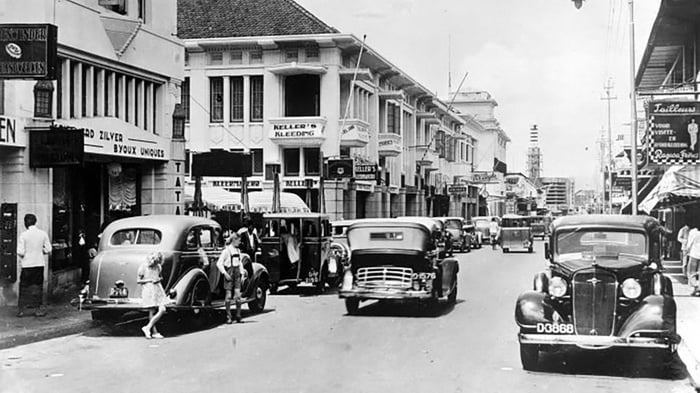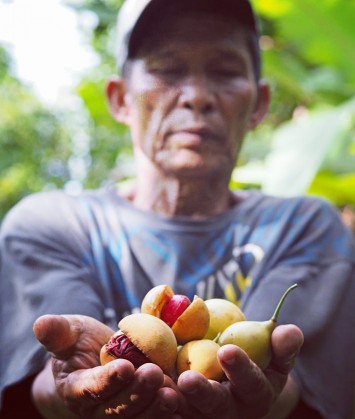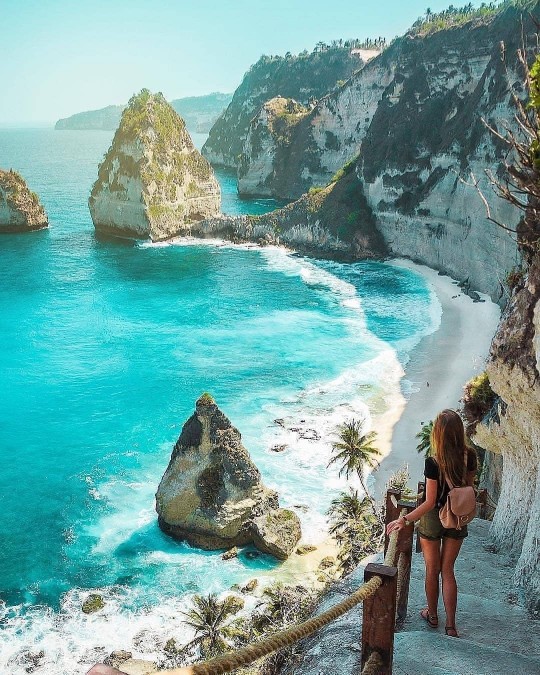Ah, Bandung—a city that’s often referred to as the “Paris of Java,” and this September marks a very special occasion for the capital of West Java. As the city gears up to celebrate its 214th anniversary on the 25th, it’s only fitting to take a walk down memory lane and explore the history of this fascinating city. Whether you’re a traveler eager to dive into Indonesia’s rich culture or someone looking to add some historical insight to your next adventure, Bandung’s journey from its founding to its significant role during the Dutch East Indies period offers plenty of intriguing tales. So, without further ado, let’s take a closer look!
The Birth of Bandung
To understand Bandung’s origins, we need to go back to the mid-17th century when the area was part of the Mataram Kingdom. Back then, the administrative center of the region was not Bandung, but a place called Krapyak—now known as Dayeuhkolot. This settlement, while functional, faced a constant issue: flooding. Each rainy season, Krapyak would be submerged under water, making it increasingly impractical as the seat of government.
Enter R.A. Wiranatakusumah II, the sixth Regent of Bandung. In the early 1800s, he began seeking a new site for the capital. His search led him to a stretch of land near the western banks of the Cikapundung River. It was here that he envisioned the new Bandung, and in 1809, the process of relocating the capital began.
At this point, we should mention that the Dutch colonial government had a vested interest in Bandung as well. By 1810, under the command of Governor-General Herman Willem Daendels, the famous Jalan Raya Pos (Great Post Road) had been constructed. This strategic route ran across Java, and it so happened that the chosen site for Bandung’s new capital was conveniently located near this important roadway. Coincidence or clever planning? Either way, the relocation was officially completed on September 25, 1810, and that date has been celebrated as the city’s founding ever since.
Bandung’s Slow Beginnings

For the first few decades after its establishment, Bandung was far from the bustling metropolis we know today. By 1844, the city was still a modest settlement with a population of around 11,000, most of whom were indigenous people. The growth of the city was hindered by strict colonial regulations that restricted access to the Priangan region, which included Bandung. These restrictions were part of the Dutch effort to maintain control over the lucrative coffee plantations in the area.
As you can imagine, this didn’t sit well with everyone. Over time, protests mounted, and in 1852, the restrictions were lifted, allowing more people to settle in the region. This was a pivotal moment for Bandung, setting the stage for its transformation into a significant urban center.
The Rise of Bandung: Becoming the Capital of Priangan

Another major turning point came in 1864 when repeated earthquakes and eruptions from Mount Gede devastated the town of Cianjur, which had been the administrative center of Priangan. As a result, the colonial government decided to move the capital of the Priangan Residency to Bandung. This change elevated Bandung’s importance significantly and triggered a period of rapid growth and development.
One of the key factors driving this growth was the construction of a railway line connecting Bandung to Batavia (modern-day Jakarta). Completed in the late 19th century, this railway not only made travel between the two cities more accessible but also opened up new economic opportunities for Bandung.
During this period, the city also became home to several educational institutions, and even a weapons factory that would eventually evolve into the modern-day PT Pindad, Indonesia’s state-owned defense contractor. With these developments, Bandung was no longer just a quiet administrative town but was becoming a hub of industry and learning.
The Golden Age of Bandung: 20th Century Glory

As Bandung entered the 20th century, it was clear that the city was on the rise. By 1906, Bandung had been granted the status of a gemeente (municipality), giving it the ability to manage its own affairs. Just 20 years later, it was further upgraded to a stadsgemeente (city municipality), solidifying its role as one of the most important cities in the Dutch East Indies.
It was also during this time that Bandung began to develop its reputation as a center of art, culture, and architecture. The city’s cool climate and picturesque landscape made it an attractive destination for both locals and foreigners, and it wasn’t long before grand hotels, theaters, and art-deco buildings began to spring up all over the city.
But perhaps one of the most ambitious plans for Bandung was the idea to move the capital of the Dutch East Indies from Batavia to Bandung. The unhealthy environment of Batavia, with its constant floods and outbreaks of disease, was a growing concern, and Bandung, with its fresh mountain air, seemed like the perfect alternative. A comprehensive urban plan, known as the “Plan Karsten,” was drawn up to guide the development of the city. Under this plan, Bandung was divided into zones based on ethnicity, and several parks were created to enhance the city’s green spaces.
This period also saw the construction of some of Bandung’s most iconic buildings, many of which still stand today. One of the most famous is Gedung Sate, a government building with a unique blend of Western and Eastern architectural styles. The building’s name comes from the skewer-like ornament on its roof, which resembles a traditional Indonesian sate stick.

The End of an Era: World War II and Japanese Occupation
Just as Bandung was reaching its zenith, global events took a dramatic turn. The outbreak of World War II and the subsequent invasion of the Dutch East Indies by Japan in 1942 marked the end of the Dutch colonial era. The once-grand plans to make Bandung the capital were abandoned as the Dutch surrendered to the Japanese forces.
This was a dark chapter in Bandung’s history, but it also marked the beginning of a new era—one that would eventually lead to Indonesia’s independence in 1945. Today, Bandung stands as a testament to Indonesia’s resilience and growth, a city that has weathered colonialism, war, and rapid modernization to become a vibrant hub of culture, education, and industry.
Why Choose Java Private Tour for Your Journey Through Bandung?
If you’re planning to visit Bandung and want to explore its rich history and cultural landmarks, Java Private Tour is your ideal travel partner. With English-speaking guides who are not only friendly but also incredibly knowledgeable, Java Private Tour offers a unique, flexible, and personalized experience. Whether you’re interested in the city’s colonial past, its modern-day attractions, or anything in between, Java Private Tour tailors each itinerary to fit your preferences—without the rigidity of a fixed schedule.
In addition to their expertise, Java Private Tour provides a range of private vehicles—from sedans and vans to full-size tour buses. This means you can travel in comfort, no matter the size of your group. And here’s the best part: their professionalism is well-known and even recommended by various embassies.
For first-time visitors to Java, Indonesia, Java Private Tour is not just a guide service—it’s your key to unlocking the heart of Bandung and beyond. So, why settle for ordinary when you can experience the extraordinary with a trusted local guide?
So, if you’re ready to explore the wonders of Bandung’s rich history and its remarkable journey from a small settlement to a bustling cultural hub, head over to https://www.javaprivatetour.com/req and let’s start planning your adventure. Or you can simply click this link: https://wa.link/wk2hur to chat with us directly on WhatsApp.
With Java Private Tour, you’re not just getting a guide; you’re gaining a friend who will ensure your trip is nothing short of extraordinary. See you in Java!
You May Also Like
 Uncovering the History of Bandung’s City Hall: From Dutch Coffee Warehouse to Public Landmark
Uncovering the History of Bandung’s City Hall: From Dutch Coffee Warehouse to Public Landmark
 Exploring 5 Majestic Dutch Fortresses in Java: A Journey Through History
Exploring 5 Majestic Dutch Fortresses in Java: A Journey Through History
 Exploring the Rich History of Belanda Depok (Dutch Depok) : A Hidden Gem in Java
Exploring the Rich History of Belanda Depok (Dutch Depok) : A Hidden Gem in Java
 Echoes of the Past: Exploring Bandung’s Dutch Cave Secrets
Echoes of the Past: Exploring Bandung’s Dutch Cave Secrets
 Exploring Stone Garden Citatah: Unveiling Bandung’s Submerged History
Exploring Stone Garden Citatah: Unveiling Bandung’s Submerged History












